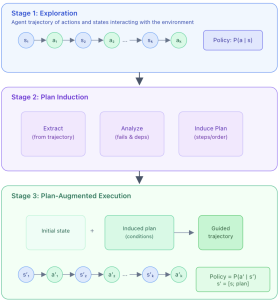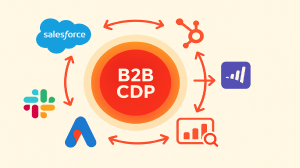
It’s been about 14 years since martech emerged, and in that time, companies have spent billions trying to capture its transformational promise. Some have succeeded, but many can’t get it to deliver strategic business outcomes, like revenue growth and customer satisfaction. Can AI change that?
Yes, according to a new McKinsey & Company report, which argues the technology gives marketers a rare chance at a do-over. However, they must fix the organizational and operational breakdowns that crippled first-generation martech deployments.
The martech sector reached $131 billion globally in 2023 and is projected to grow at an annual rate of 13.3% to exceed $215 billion by 2027. Tool proliferation continues to surge, with the number of platforms growing from roughly 350 in 2012 to an estimated 15,000 by 2025.
Yet despite 90% of martech decision-makers believing the right stack can drive growth and loyalty, most still rely on outdated practices: batch-and-blast email, simplistic A/B tests and channel-siloed workflows. According to McKinsey’s “Rewiring martech: From cost center to growth engine,” 65% of B2C organizations lack essential capabilities like data unification, omnichannel integration and executive sponsorship.
Four deep-rooted martech breakdowns
The report highlights four recurring failure points:
1. Lack of executive ownership. Martech still often operates in a silo without C-suite backing or enterprise-wide integration. CMOs tend to prioritize media spend over martech funding and cross-functional alignment across IT, finance and marketing remains rare.
2. Stack sprawl stifles strategy. Nearly half of those surveyed said their martech complexity prevents value realization. Legacy tools often overlap in function, making identity resolution and journey orchestration difficult at scale.
3. Misaligned measurement. Few organizations tie martech performance to strategic KPIs. Teams default to vanity metrics like open rates instead of business outcomes like CLV or speed to market.
4. Capability gap. As martech evolves rapidly, teams often lack the skills to extract value. About one-third of decision-makers cited under-skilled talent as a barrier.
An AI-powered second chance
To break this cycle, McKinsey recommends reframing martech as a strategic operating system infused with AI. Rather than stitching tools together, companies should build intelligent, unified systems for real-time personalization and end-to-end journey orchestration.
Key recommendations include:
Elevate martech to the C-suite. Senior leaders must embed martech into enterprise strategy, define business-linked outcomes and champion governance across functions. A strong data strategy—centered on a dynamic customer graph and unified ID—is foundational.
Shift from tools to systems. Leaders should rationalize fragmented stacks and consolidate functionality into AI-powered platforms. AI agents can automate data flow, decisioning, content generation and channel orchestration across four key layers: data, decisioning, design and distribution.
Measure like a growth engine. Establish total cost of ownership (TCO) and connect martech investments to revenue lift, speed gains and productivity improvements. One global retailer used controlled A/B testing and time-motion studies to quantify ROI and align stakeholders across finance and procurement.
Close the capability gap. Ongoing learning and onboarding are essential. AI can lower the technical barrier, serving as a copilot that helps marketers focus on strategy and creativity.
Dig deeper: AI productivity gains, like vendors’ AI surcharges, are hard to find
A roadmap for AI-centered reinvention
McKinsey outlines a four-step approach to rebuild martech around AI:
- Set the North Star. Define business outcomes that guide martech architecture.
- Map the future state. Identify high-impact workflows and where AI agents—or human roles—should own execution.
- Build a roadmap. Define data, tech and talent requirements. Pilot off-the-shelf use cases while planning for long-term capabilities.
- Deploy and iterate. Launch minimum viable products (MVPs), manage change and scale use cases as adoption grows.
Bottom line
AI can do a lot, but it can’t do everything (despite some boosters’ claims). It most definitely can’t solve systemic issues. Marketers have a rare opportunity to fix what’s broken in martech. However, success depends on rethinking martech as a core growth engine—measured, governed and integrated across the enterprise.
The post From tech tangle to growth engine, martech gets a do-over appeared first on MarTech.



















